Pig farmer and renewable energy producer Billy Costello is one of the pioneers of anaerobic digestion (AD) in the Republic of Ireland.
His family’s company, Green Generation, has operated a biogas plant for the past two years in Nurney, Co Kildare.
The anaerobic digester takes in the slurry from the 2,500-sow pig farm next door, as well as waste from the food industry, charging a €30/t to €80/t fee to food processors.
When the Irish Farmers Journal visited the plant, some of its nine staff were unpacking a load of out-of-date pizza.
“It is mixed into a soup, homogenised and pasteurised,” said Billy.
This feedstock goes into the digester at a rate of 3t every hour. Its fermentation creates biogas, which is burned on site in a combined heat and power (CHP) plant. The entire set-up represented a €6m investment and has a 1MW electrical capacity. The digester’s tanks are due to last 25 years and the CHP plant seven years.
The electricity is sold into the national grid. Green Generation entered the REFIT3 support scheme for renewable electricity before it closed down at the end of 2015 and receives a subsidised tariff of 13.8c/kWh.
Between this and waste processing fees, Billy says the plant is profitable. However, he sees more potential to develop this industry from grass than food waste, which he says is expensive to collect and transport in large volumes because of the low population density here.
The heat from gas combustion keeps the fermentation process going and the pigs warm, and a small portion goes to hot water used in a plastics recycling business. However, Billy says that if he expanded his gas production, most of the extra heat would be lost.
Better efficiency
To overcome this problem, he is working with Gas Networks Ireland to supply the country’s first biogas injection point a few miles away. Next year, trucks will collect gas from Green Generation and inject it into the national network.
In Dublin, Diageo’s Guinness brewery will buy an equivalent amount, reducing the carbon footprint of its energy needs.
Local tillage farmers collect the digestate left over from the fermentation process for use as fertiliser. “The availability of nitrogen is much better than from ordinary slurry,” Billy said. While he does not charge for the digestate, he says he has no trouble finding takers for it within five miles.
As the Government prepares to launch support schemes for both renewable heat (RHI) and electricity (RESS), Billy’s experience running similar biogas plants in the UK and Germany illustrates the subsidies available elsewhere.
UK and Germany
German payments for heat alone can top 8.5c/kWh generated, but Irish support is expected to be lower than in countries that first took the risk of pioneering the technology.
In the UK, Billy’s plant gets 12.8p/kWh for electricity, another 5p/kWh to sell it through the national grid and 6p/kWh for heat.
The challenge for farm-based biogas producers will be to justify that the heat from their gas is being used, as very few will be close to big urban heat users.
Gas Networks Ireland’s plans to roll out 14 injection points could solve this problem if RHI rules recognise injection into the national network as efficient use of the heat potential from biogas.

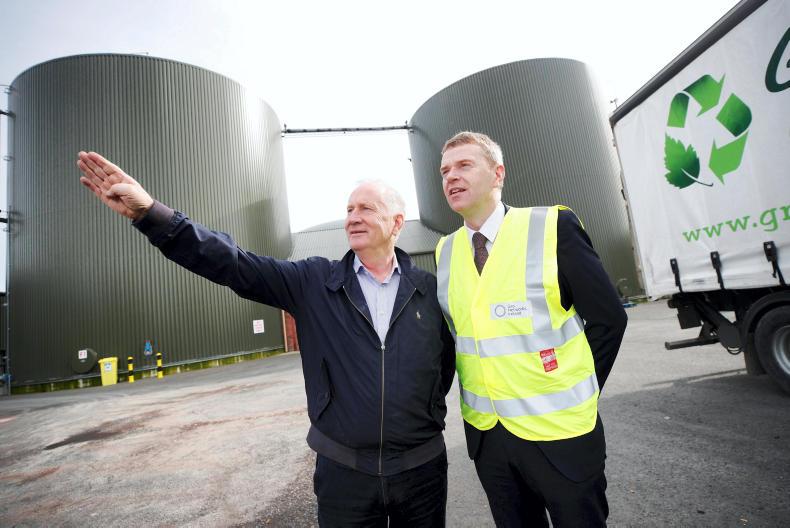




 This is a subscriber-only article
This is a subscriber-only article







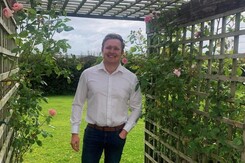

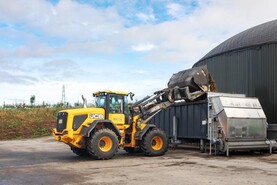
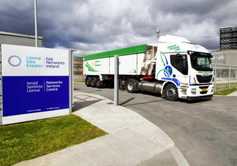
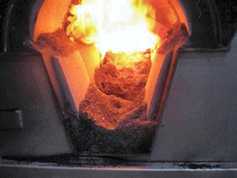
SHARING OPTIONS: